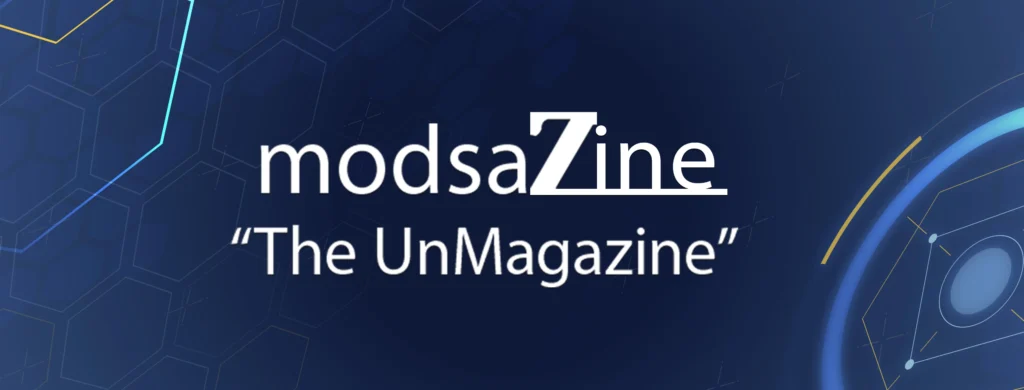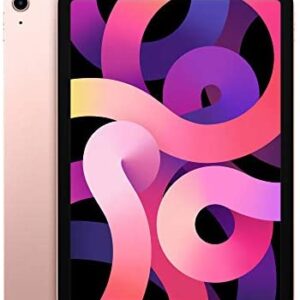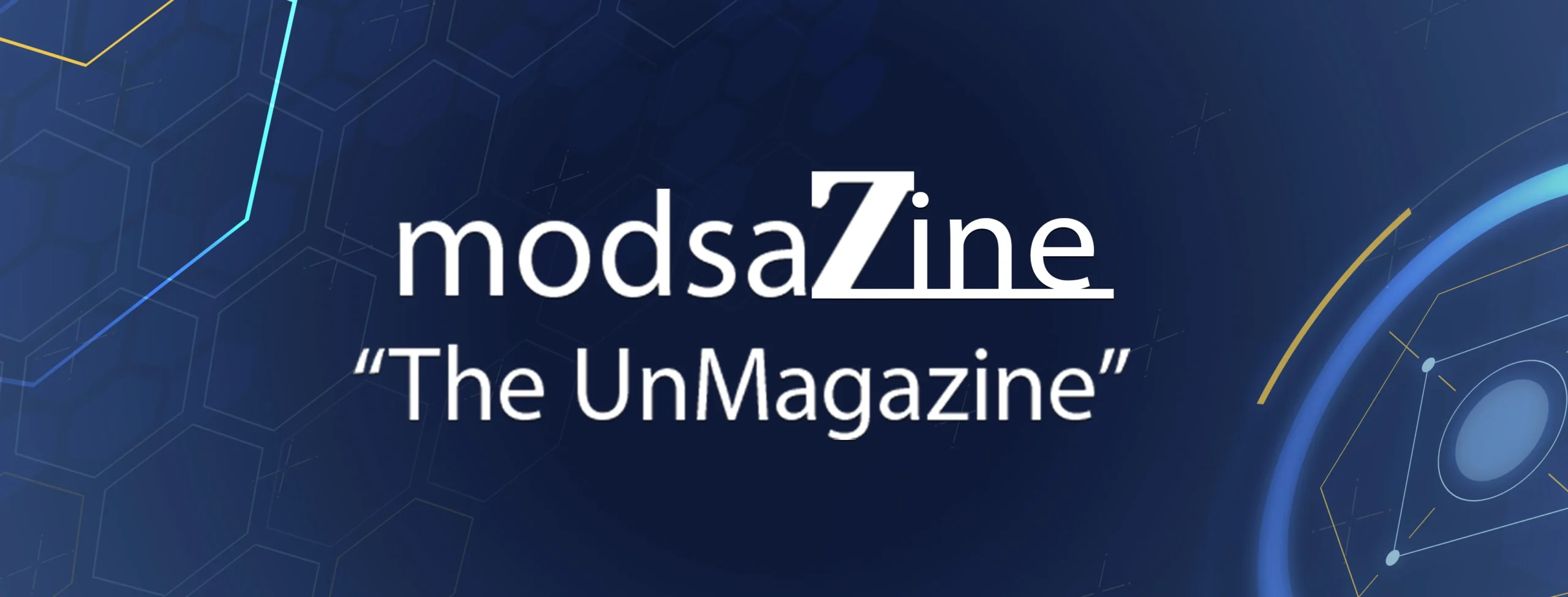Surveys are a valuable and frequently utilized tool in the UXer’s toolkit. However, surveys are frequently used for the wrong reason: namely, because professionals incorrectly assume that are quick and easy. Where you are the design cycle should inform the types of surveys that you should run.
Below, we outline some common types of surveys that could be run at various stages of the design cycle, and some questions that it might be handy to ask.
On This Page:
The Design Cycle
As we know, user research can and should be conducted at various stages of the design cycle. That said, different research methods lend themselves more or less seamlessly to various stages. For example, as you can see in the below diagram, surveys as a research method are most commonly associated with the Listen phase of a project.
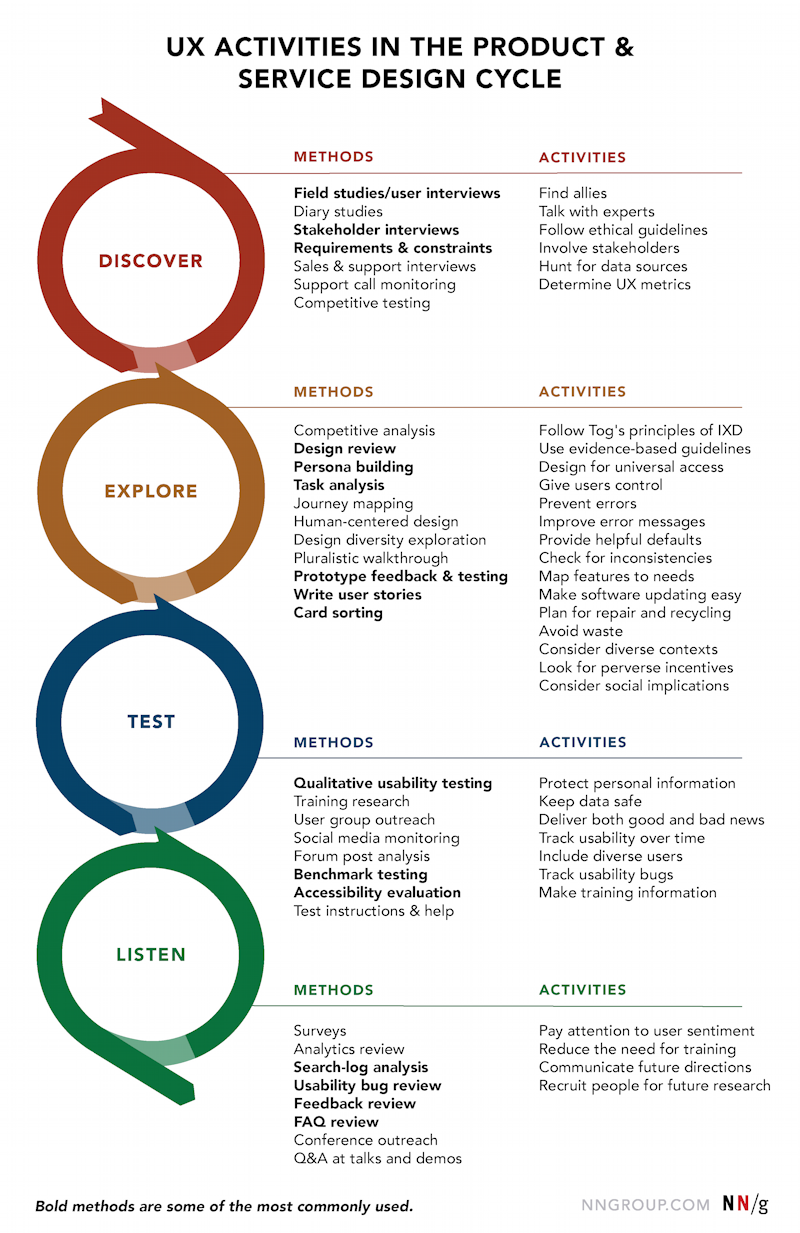
However, this categorization is not a strict delineation. With proper strategy and planning, surveys can be used at any phase of the design cycle.
Discover Phase
During the Discover phase of a project, researchers should gather ample background information about the problem space to confirm they have correctly identified the problem to solve.
Discovery Surveys
Conducting a discovery survey can uncover valuable insights about your current or potential users. It’s like casting a wide net to catch useful information.
Surveys are typically categorized as a quantitative research method; however, discovery surveys are frequently run qualitatively. Qualitative surveys can uncover insights that can be further explored subsequent discovery user interviews.
|
Discovery Survey: Sample Questions
|
Stakeholder Surveys
Interviews with key project stakeholders are critical in the Discover phase, to ensure a clear understanding of project goals. However, stakeholders, who tend to be busy senior staff members, may find it difficult to accommodate interviews in their schedule or impossible. In such situations, stakeholder surveys can be a viable asynchronous.
|
Stakeholder Survey: Sample Questions
|
Diary-Study Surveys
Diary studies are a longitudinal research method in which a participant submits multiple logs (or diary entries) over a period, documenting discrete behaviors or interactions with a product or service.
Typically, survey questionnaires are used as a convenient tool for gathering these diary entries. For example, a user may be asked to complete the same survey every day at a specific time for 2 weeks.
|
Diary-Study Survey: Sample Questions:
|
Explore Phase
The purpose of the Explore phase is to gain a deeper understanding of the problem space and to reach alignment on project scope and user needs. The research that we conduct during this phase is designed to paint a holistic picture of users and their current problems. Design reviews, competitor research, personas, journey maps, and prototyping are all common methods and activities used effectively during the Explore phase. Surveys can aid many of these efforts.
Competitor-Customer Surveys
Competitor-customer surveys are similar to the discovery surveys you conducted in the Discover phase but are targeted at competitors’ customers rather than at your own. Competitor-customer surveys help you learn about the strengths and weaknesses of your competitors’ products; that knowledge can inform your own future product-design decisions.
|
Competitor-Customer Survey: Sample Questions
|
Statistical-Persona Surveys
The most robust and labor-intensive personas are statistical personas, in which initial qualitative research informs the creation of a survey. This survey is sent to a large sample of target users, and statistical analysis is used to generate persona segments.
|
Statistical-Persona Survey: Sample Questions
|
Test Phase
Once you have established some solid hypotheses in the Explore phase, you can verify them in the Test phase. During this phase, researchers conduct multiple, iterative rounds of qualitative usability testing to test prototypes and other designs, as well as diary studies to understand user interactions with a product or service over a prolonged period of time. Post-Task and Post-Test Surveys in Usability Testing
In a usability-testing session, surveys are administered post task (i.e., after each task) or post test (i.e., at the end of all the tasks involving the same product).
Survey questions given after each individual task are typically used to assess the relative ease of that specific task, or to gather additional feedback about it from users. The most commonly used example of a post-task survey is the Single Ease Question (SEQ), which typically asks users to rate the task on a 7-point scale from very difficult to very easy.

The most commonly used post-test questionnaire is the System Usability Scale (SUS). The SUS is a 10-question survey that has been used since the 1980s to assess the overall usability of a system. One benefit of the System Usability Scale (SUS) is that it has established reliable benchmarks for acceptable scores across industries and contexts due to its popularity and longevity.
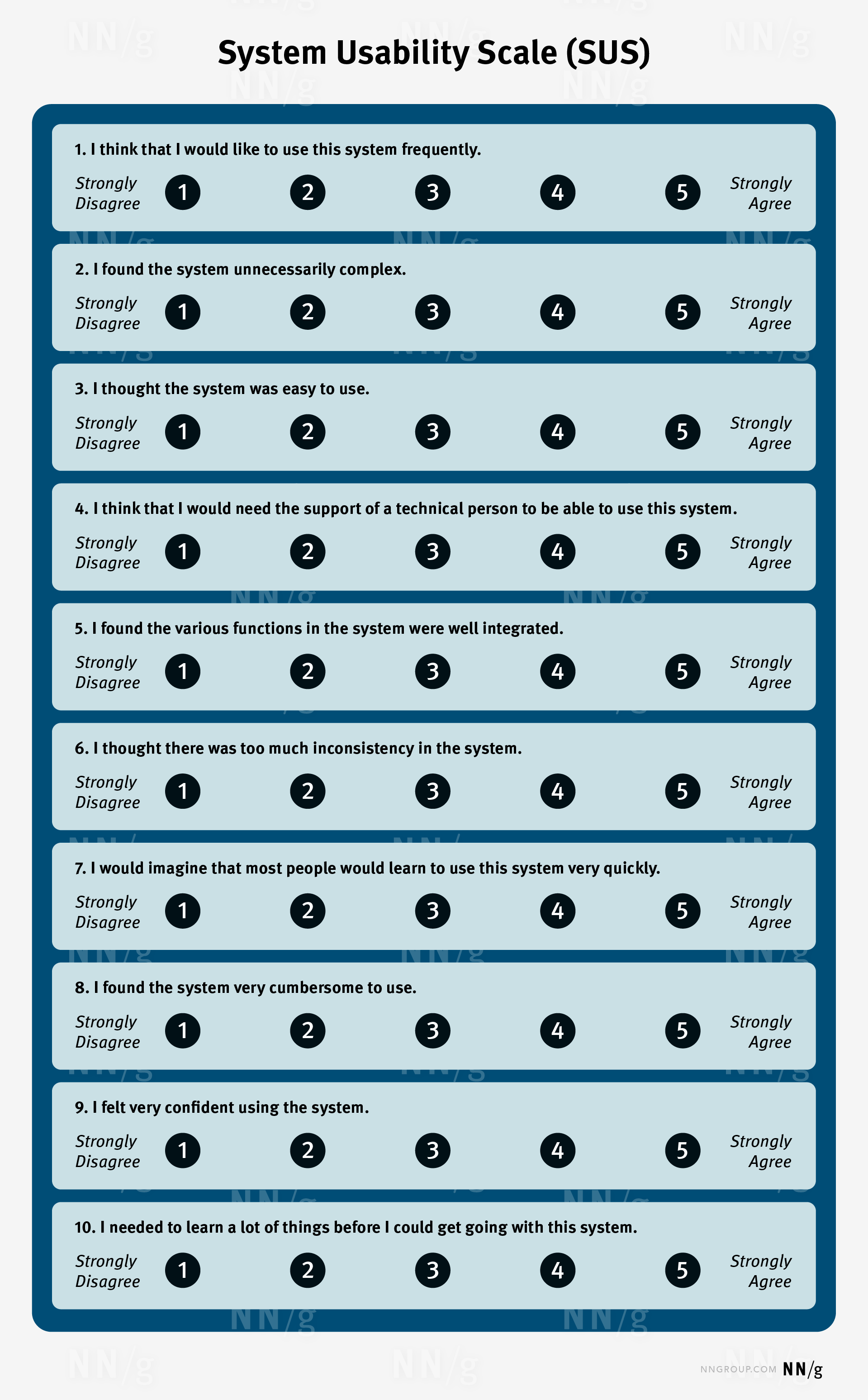
Listen Phase
During the Listen phase, user sentiment and experience with a product or service are routinely monitored to understand current problems and detect new problems early. Surveys are one of the most common research methods utilized during the Listen phase.
Net-Promoter Score (NPS)
The net-promoter score (NPS) is a popular survey used to measure customer loyalty. In it, respondents are asked to rate their likelihood of recommending a product or service to someone else. These responses are then aggregated to produce a single score which ranges from -100% to 100%. While the NPS does not directly address or assess the usability of a system, it has been shown to correlate with usability decently well, and as such, it is utilized by some UX researchers. However, it should never be the only metric used to assess the usability of a system.

Customer-Satisfaction Score (CSAT)
The customer-satisfaction score (CSAT) is a 1-question survey administered to determine customer satisfaction with a product or service. Typically administered after the completion of a journey or transaction, the CSAT ask respondents to assess their overall satisfaction with the system. The CSAT score represents the percentage of respondents who rated their satisfaction as a 4 or a 5 (out of 5).

Customer-Effort Score (CES)
The customer-effort score (CES) is similar to the CSAT, but rather than asking about overall satisfaction, it targets the ease of a particular action on a system. The CES is the percentage of respondents who select the highest 3 options on a 1–7 ease scale.

Custom Listening Surveys
Apart from these standard surveys, many research teams craft their own customized listening surveys. These are frequently deployed through on-site intercept popups, usually at key moments, such as the end of specific user journeys or transactions. These can be used to track metrics over long periods in order to catch problems early and assess the impact of design changes.
|
Custom Listening Survey: Sample Questions
|
Conclusion
Surveys are commonly used by UX researchers during the Listen phase of the design cycle. However, they can be effectively used throughout the other phases of the design cycle. To determine if surveys are the right research method for your needs, consider your research goals and questions carefully and choose the appropriate type of survey.

